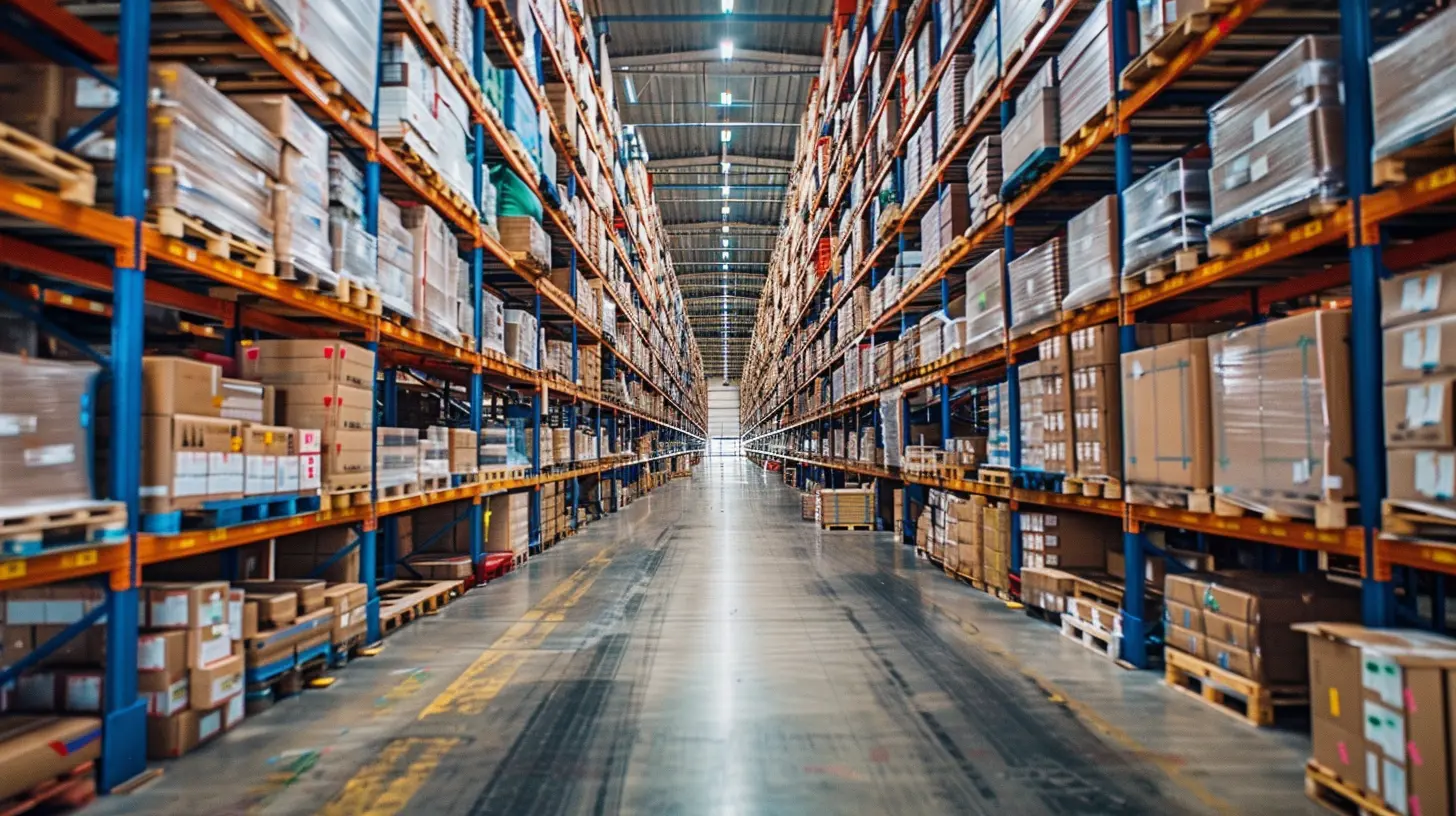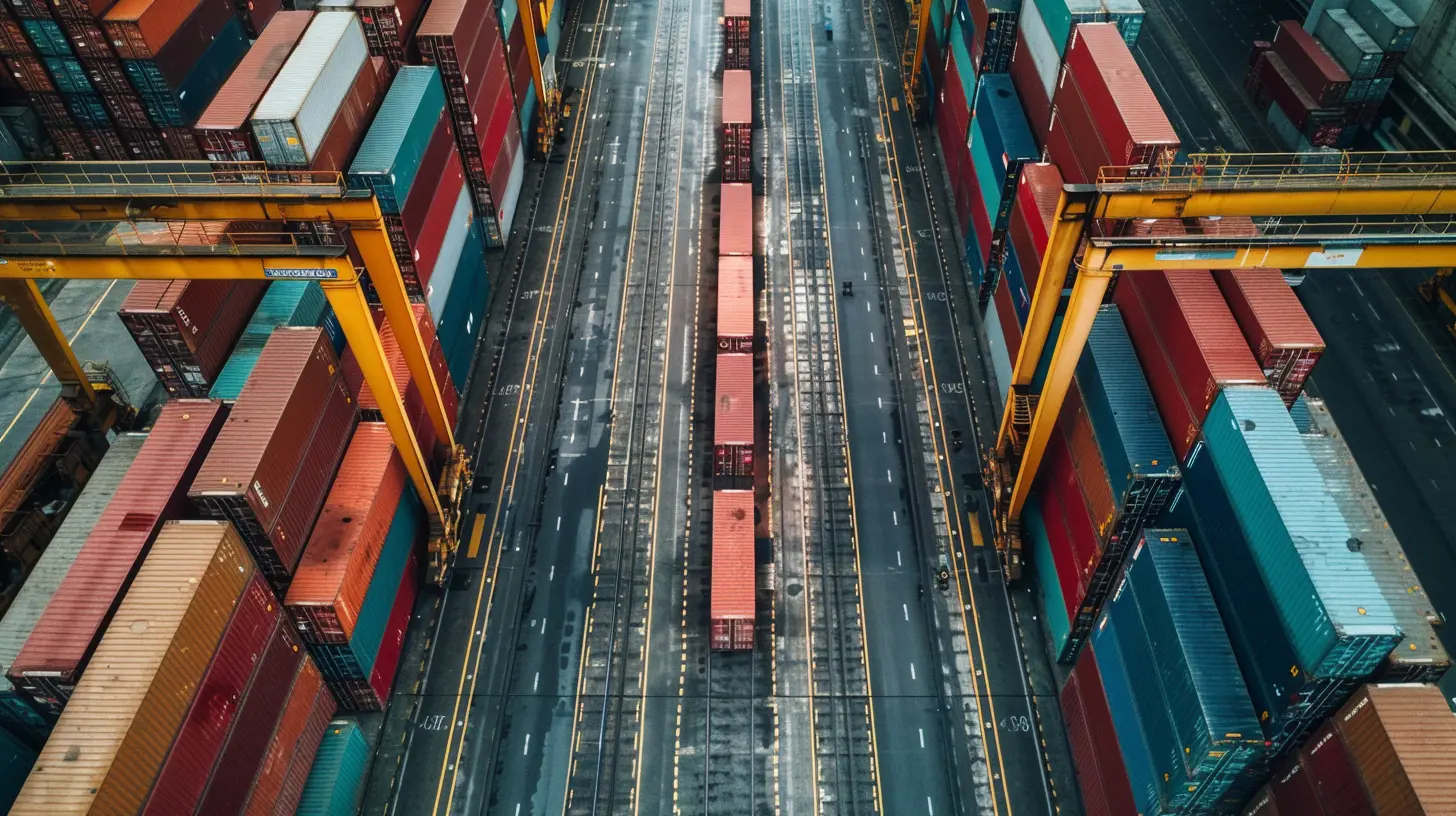Building a Lean Supply Chain: Reducing Waste and Increasing Value
25 November 2025
Let’s face it—supply chains are often bloated beasts. Too many moving parts, too much waste, and not nearly enough focus on what really matters: delivering value to the customer. If your business is bleeding money from inefficiencies or struggling to keep up with demand without overstocking, it's time to take a hard look at your supply chain.
Welcome to the world of lean supply chains. It’s not a trendy buzzword. It’s a mindset shift. Think of it like turning your bulky, outdated machine into a fine-tuned, high-speed engine. In this article, we’re diving deep (but keeping it simple) into how you can create a lean supply chain that trims the fat, improves flow, and maximizes value.
What Is a Lean Supply Chain Anyway?
Alright, let’s break it down. At its core, a lean supply chain is all about minimizing waste—both the visible and the sneaky hidden types—while enhancing the value delivered to your customer. This isn’t just about cutting costs; it’s about working smarter, not harder.Picture your supply chain like a river. If it’s full of rocks (waste), the water (value) can’t flow smoothly. Remove the rocks, and suddenly everything moves faster and more efficiently. That’s the lean philosophy in a nutshell.
The concept comes from lean manufacturing principles, originally pioneered by Toyota. But here’s the cool part—you don’t have to be a car company to benefit. Every industry, from healthcare to e-commerce, can apply these principles.
The 7 (Deadly) Types of Waste in Supply Chains
Before we can fix the waste, we need to spot it. In lean methodology, there are seven classic types of waste, often remembered by the acronym TIMWOOD. Let’s run through them:1. Transportation
Are you moving products more than necessary? Each move costs time and money. Think of it like moving house—would you want to carry your couch upstairs three times?2. Inventory
Too much inventory? That’s cash just sitting on the shelf. Not enough? You risk delays. Striking the right balance is critical.3. Motion
Workers constantly walking back and forth in the warehouse? That’s wasted motion—and wasted time.4. Waiting
Downtime between processes? Materials delayed in transit? Waiting is the silent killer of efficiency.5. Overproduction
Producing more than needed? That’s a fast track to overstock and obsolescence.6. Overprocessing
Adding extra features or steps that customers don’t value? That’s effort without payoff.7. Defects
Errors that require rework? That’s wasted materials, labor, and customer trust.
The Building Blocks of a Lean Supply Chain
So, how do you start stripping away the waste and building lean from the ground up? Here are the core strategies:1. Value Stream Mapping
Let’s get visual. A Value Stream Map (VSM) helps you see every step in your supply chain process—from supplier to end-user. This isn’t just a flowchart; it’s a magnifying glass that reveals where waste is hiding.Action tip: Create a map of your current process, then mark every step as either “value-added” or “non-value-added.” You'll be surprised how much of it is fluff.
2. Just-In-Time (JIT) Inventory
Think of JIT as having groceries delivered minutes before dinner instead of stocking a month’s worth of food. JIT keeps inventory lean and cuts storage costs. But be warned—timing and coordination are everything. If one link in the chain breaks, the whole system feels it.3. Demand Forecasting and Flexibility
You can’t go lean if you’re constantly guessing wrong. Lean supply chains rely heavily on accurate demand forecasting. But beyond that, there’s flexibility. Can you pivot fast if demand spikes or crashes?You don’t need a crystal ball—but you do need solid data and responsive systems.
4. Supplier Collaboration
You’re not in this alone. Your suppliers are part of your supply chain family. The more transparent and collaborative your relationship, the smoother things run. Share forecasts, align goals, and when possible, co-locate inventory for quicker access.5. Continuous Improvement (Kaizen)
Lean is not a one-and-done project. It’s a mindset of always looking for the next improvement. Encourage teams to spot problems and suggest fixes. Celebrate small wins—they add up.
Technology: Your Secret Weapon for Leaning Out
Let’s be real—manual methods only get you so far. Today’s lean supply chains are supercharged by smart tech. Here’s where you should be looking:1. Automation and Robotics
From sorting packages to managing warehouse inventory, automation reduces error and boosts speed. Robots don’t need breaks (but, yes, they need maintenance).2. Inventory Management Software
Modern tools can help you track, reorder, and optimize stock levels in real time. The goal? Always having just enough—but never more than you need.3. AI and Machine Learning
These aren’t just buzzwords. AI can scan massive datasets to detect patterns, forecast demand, and even recommend supply chain tweaks instantly. It’s like having a crystal ball, but with logic.4. Internet of Things (IoT)
Smart sensors in transportation and warehousing can monitor everything from temperature to delivery routes. More data = smarter decisions.5. Cloud-Based Logistics Platforms
Centralized visibility is everything. A cloud-based system lets everyone—from procurement to delivery—access up-to-date info in real time. That means fewer surprises.Real-World Examples: Who's Doing It Right?
Need a dose of inspiration? Here are a few companies that have nailed the lean approach.1. Toyota
No surprise here. Toyota doesn’t just use lean—they invented it! Their production system is the gold standard for just-in-time delivery, quality control, and continuous improvement.2. Amazon
Their warehousing and logistics might feel like magic—but it's just insanely well-optimized. From predictive analytics to automated robots, Amazon is a lean machine.3. Zara
Fast fashion, faster supply chain. Zara can design, produce, and stock new clothing in stores in just a few weeks. That kind of speed isn’t luck—it’s lean in action.Challenges You Might Face (And How to Overcome Them)
Let’s not sugarcoat it—building a lean supply chain takes work. You’ll hit a few bumps. Here’s what you might face:Resistance to Change
People like their routines. Shaking things up can cause pushback. The fix? Communicate clearly. Show the “why” behind every change and keep folks involved.Supplier Inflexibility
Not every supplier is ready to go lean. Some might resist changes or have outdated systems. Consider working closely with key vendors—or finding ones that align with your lean goals.Data Overload
Too much data can freeze decision-making. Focus on key performance indicators (KPIs) that really matter: lead time, inventory turnover, order accuracy, etc.Risk of Stockouts (with JIT)
Just-in-time is great—until a shipment is late. Have backup plans and maintain strong communication with suppliers to stay resilient.Simple Steps to Get Started Today
Daunted by the idea of transforming your entire supply chain? Don’t be. Start small. Here’s a quick action plan:1. Audit Your Current Supply Chain
Where’s the waste? What’s working? What’s not?
2. Map It Out
Create a value stream map and identify non-value-adding steps.
3. Pick One Area to Improve
Maybe it’s reducing motion in your warehouse or streamlining inventory.
4. Set Clear KPIs
How will you measure success? Keep it simple and track results.
5. Engage the Team
Get your people on board. Lean is a team sport.
6. Invest in Tech (Strategically)
Don’t go on a tech-buying spree. Choose tools that align with your goals.
Final Thoughts: Lean Is a Journey, Not a Destination
Building a lean supply chain isn’t a switch you flip. It’s a journey of identifying, adjusting, and constantly improving. But here’s the pay-off: less waste, more value, happier customers, and a supply chain that’s faster, smoother, and way more adaptable.So take the first step. Clean up the clutter. Focus on what really matters. Your future leaner, meaner supply chain (and your bottom line) will thank you.
all images in this post were generated using AI tools
Category:
Supply Chain ManagementAuthor:

Remington McClain

